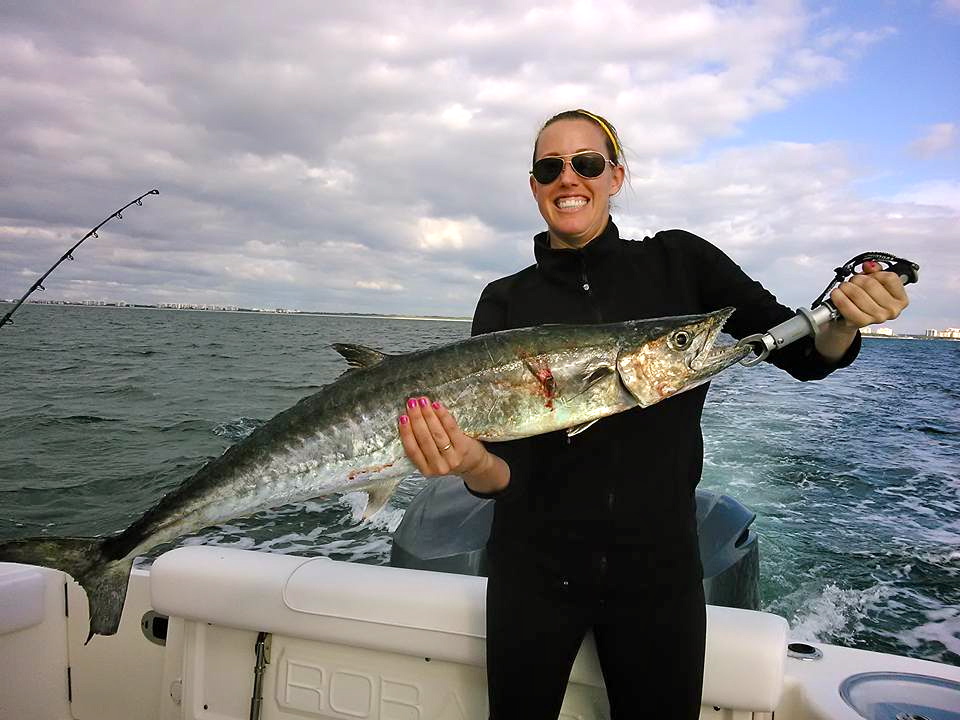Fishing resources and tips for the empowered female angler.
How El Niño Weather Events Affect Fishing
January 24, 2016

Those of us that live and fish in Florida have likely taken note of the unusual winter weather over the past month or two. We’ve experienced higher than average temperatures followed by an uptick in rainfall and thunderstorm activity. Meteorologists refer to these atypical events as El Niño weather patterns.
What is El Niño?
According to the National Oceanic and Atmospheric Administration, the weather term El Niño applies to the large-scale ocean-atmosphere climate interaction that is linked to a periodic warming in sea surface temperatures across the central and east-central Equatorial Pacific. The presence of El Niño can significantly influence weather patterns, ocean conditions, and fisheries across large portions of the world. Given this information, it may come as no surprise that fishermen off the coast of South America were the very first to recognize the influences of El Niño on ocean conditions back in the 1600s.
So, now that you know how El Niño weather events are defined, you might be wondering how they specifically affect fishing.
Fishing During an El Niño Event
- El Niño weather events generally result in observations of tropical, warm water species moving north, which will extend their usual range. This is the reason why many tropical and subtropical game fish were caught from California to northern Washington during the El Niño year of 1997. Here in Southwest Florida, I’ve heard reports of species such as kingfish (king mackerel) being caught much closer to shore than usual for this time of year.
- Cold water species move north or head into deeper water, which usually restricts their range. Bluefish are an example of a cold water species that we were seeing in higher than usual numbers this fall — likely because they were migrating north toward cooler water.
- Surface-oriented, schooling fish tend to disperse and move into deeper waters. In Southwest Florida, this may mean that we will see fewer species such as bonita (sometimes referred to as little tunny) and Spanish Mackerel in our nearshore waters.
- Species that remain in a region affected by El Niño may experience reduced growth, reproduction, and survival. There are several species of salmon, for example, that may have a rough year along the Pacific coast since the warm water contains less of the nutrients that these species require in order to survive.
Considering the ways that El Niño weather events can impact fish populations and migration patterns around the world, be sure to brush up on proper catch and release strategies prior to your next fishing trip. Even if the species you catch are within state regulations, this is a particularly good year to release more and keep less.